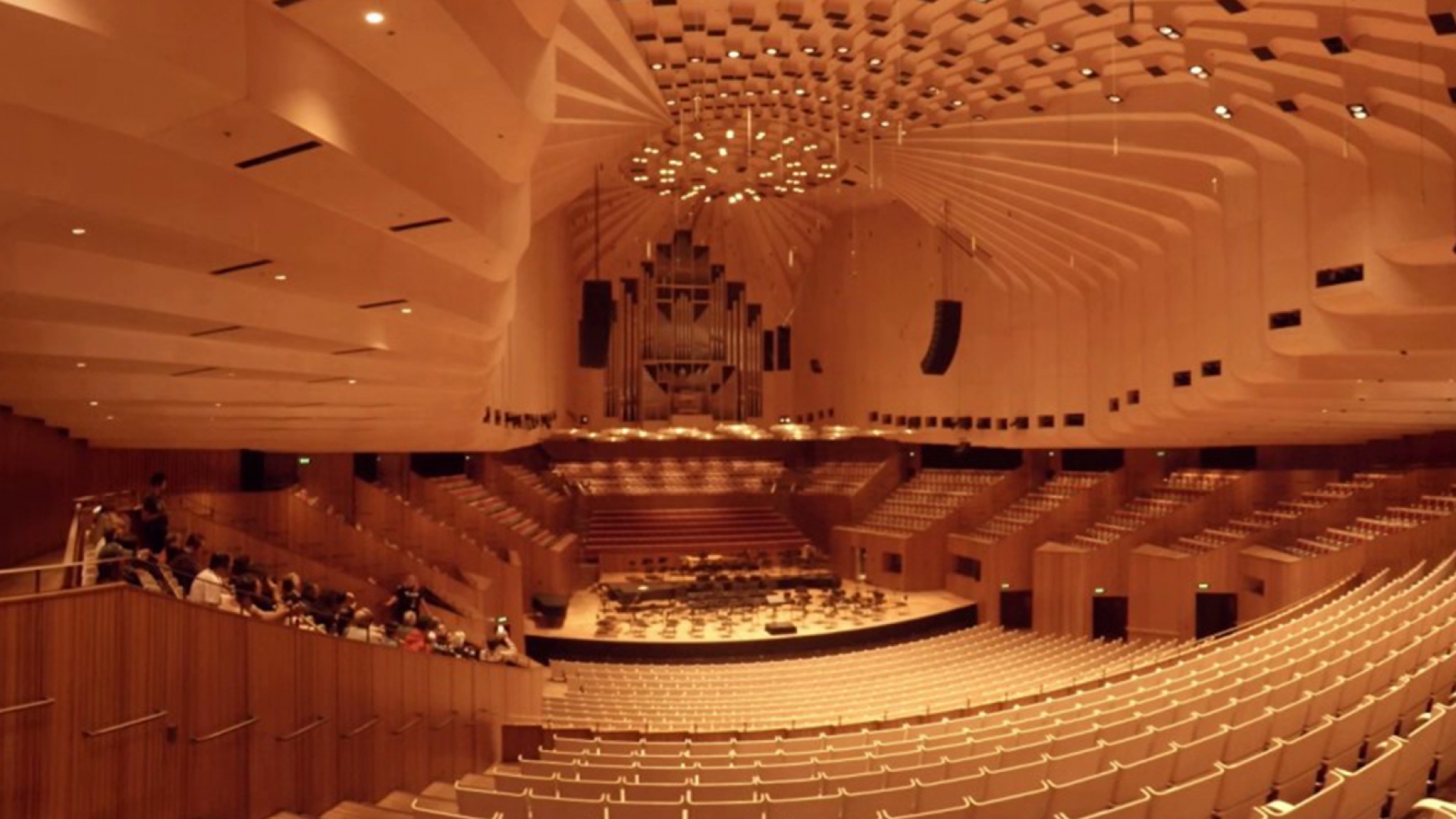
The lighting design of a theatre is very complex because of the many spaces inside it, each requiring different technical and scenic solutions.
The designer's focus is on the audience, to whom he must communicate through the light not how to find their way around, but also a positive experience to be remembered even after the performance.
The center of the designer is the audience; the role of light is to orientate them and give them a positive experience that they will remember even after the show.
The perception of the quality of an experience is given by many factors linked to human sensoriality but light is one of the most important, especially when natural light is not there.
The lighting design must therefore follow the principles of Human Centric Light to optimally accompany the spectator in all his activities within the theatre.
The entrance of a theatre plays a representative role, it is a space for the welcoming of spectators and a link with the other parts of the building. It is an interface between outside and inside, between public and private areas and very different dimensions and spaces are encountered here.
Coherent lighting can do much more than facilitate orientation and make spaces recognizable.
The emotional dimension of light can be used to give a welcoming message by creating a soft or temperamental effect on the environment. In addition, lighting can make a major contribution to making the identity of the venue and its essence visually perceptible by communicating emotions and perceptions even before you sit down.
This area of the theatre is characterized by a dramatic and impressive lighting, yet cosy and diffuse.
It is very important to pay attention to the lighting in the passage areas (corridors, stairs) that connect the different spaces of a theatre: the auditorium, the theatre boxes, the foyer.
In these areas the lighting is for indication purposes: wall-mounted luminaires with diffused light, pixel-free LED strips or recessed step markers along the entire path can be used. These kinds of lights are also useful during performances when other areas of the theatre are turned off.
In the oldest and most prestigious theatres the general lighting of the auditorium is often provided by a remarkable chandelier.
In more modern theatres, on the other hand, the general lighting is usually indirect, coming from the walls or the ceiling and recreating a warm and welcoming atmosphere. Starry sky effects are also widely used, with spotlights on the ceiling and the use of projectors with very wide beam angles, always dimmable, to ensure maximum visual comfort.
The ambient light in the auditorium also plays an important role: it informs the audience of the different stages of the performance, such as the beginning and end of the acts and the end of the show.
An appropriate dimming and lighting control system is therefore essential in these areas.
In addition to ambient lighting, there is also a more functional lighting in the auditorium usually located in the walkways along the sides of the seats, on the steps and at the entrances to the theatre boxes. This lighting can be provided by LED strips or recessed spotlights.
The foyer is the heart of the theatre, where the aristocracy and the upper middle class were used to have social relations. Even today it has maintained its prestige, while changing its function.
In the foyer, spectators can entertain themselves before and after the performance and during the breaks between acts. It is a convivial space, more intimate and cosier than the entrance.
It is a large reception hall with very high and majestic ceilings, often highly decorated, with large windows facing the "square" entrance to the theatre.
The foyer is the brightest and most scenic space in the theatre: the high amount of light stimulates interactions between spectators, it awakens their interest in conversation and interpersonal interactions.
In the oldest and most prestigious theatres the foyer is generally lit by a large chandelier and side lights, while in more modern theatres high-performance lighting solutions can be found. Recessed or custom-designed lighting systems can be used to harmonize functional lighting with accent and scenographic lighting.
All these solutions create a blend, and the show starts when entering the theatre thanks to a sensorial experience created light and shadows.
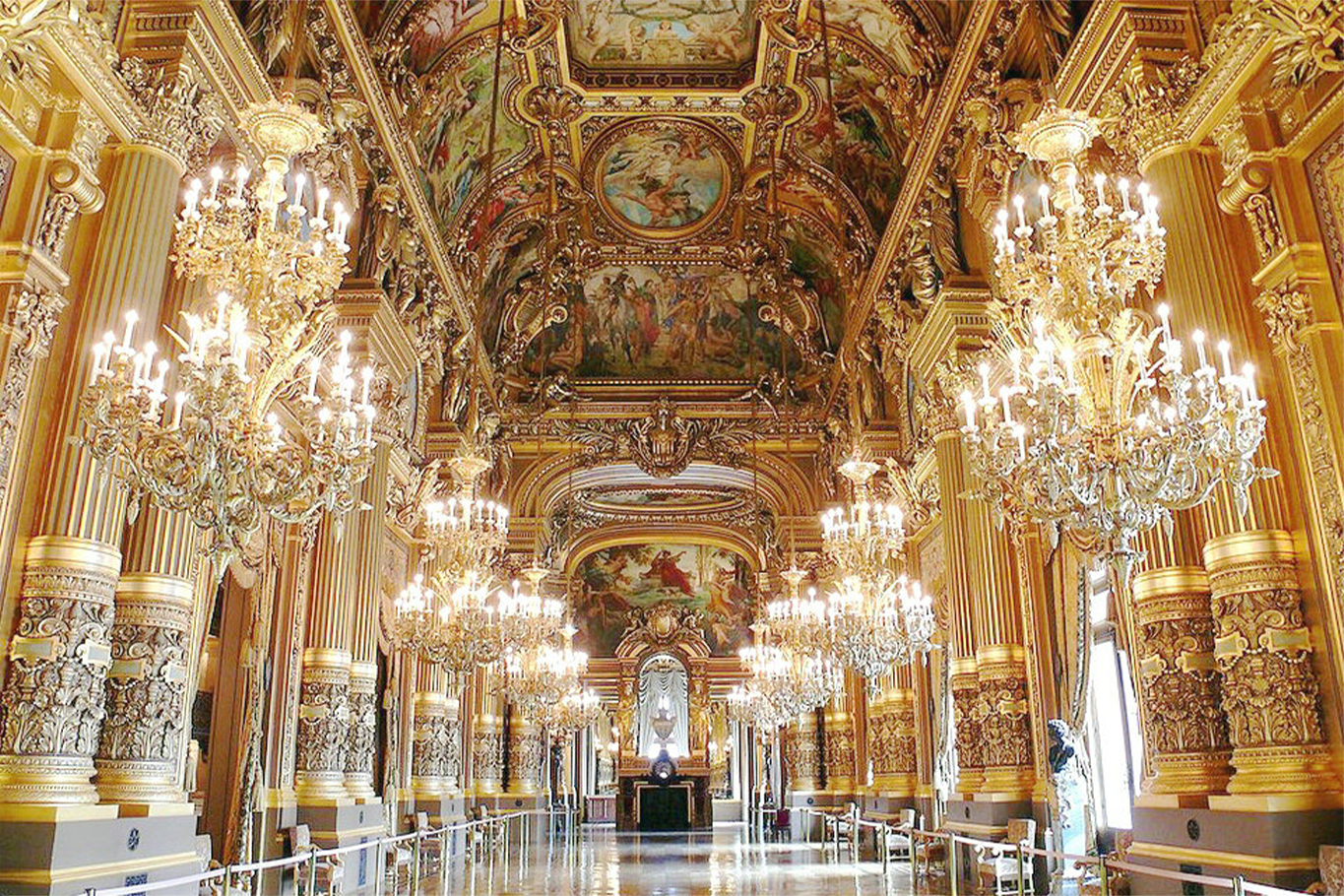
The dressing room is the most intimate and private area of a theatre: only the artists and a limited circle of authorized personnel have access to it.
The dressing room must be gentle, welcoming, aesthetically impeccable, never overbearing. It succeeds in putting the artist at ease, before and after the performance. Getting into the part before the performance is a very important moment, and here the light in the dressing room plays a fundamental role. Never too much light, never too little, but always warm.
Warm, dimmable lighting is therefore preferable, even better where possible using dynamic white or dim to warm luminaires, so that the lighting can adapt to the different needs of the artist.
Great importance must be given to lighting the mirror, the heart of the dressing room, where the artist finds his/her identity.
There are many different ways to illuminate mirrors (wall lights on the sides or above the mirror, recessed spots in the ceiling, pendant lamps, etc.) but two types of lighting are most often used in theatre dressing rooms.
One is a mirror with integrated lighting, which is perfect for make-up operations because it provides uniform and free of shadows lighting.
Another equally effective solution, which has always been used in the theatre and cinema environment, is to illuminate the entire perimeter of the mirror with LED spots.
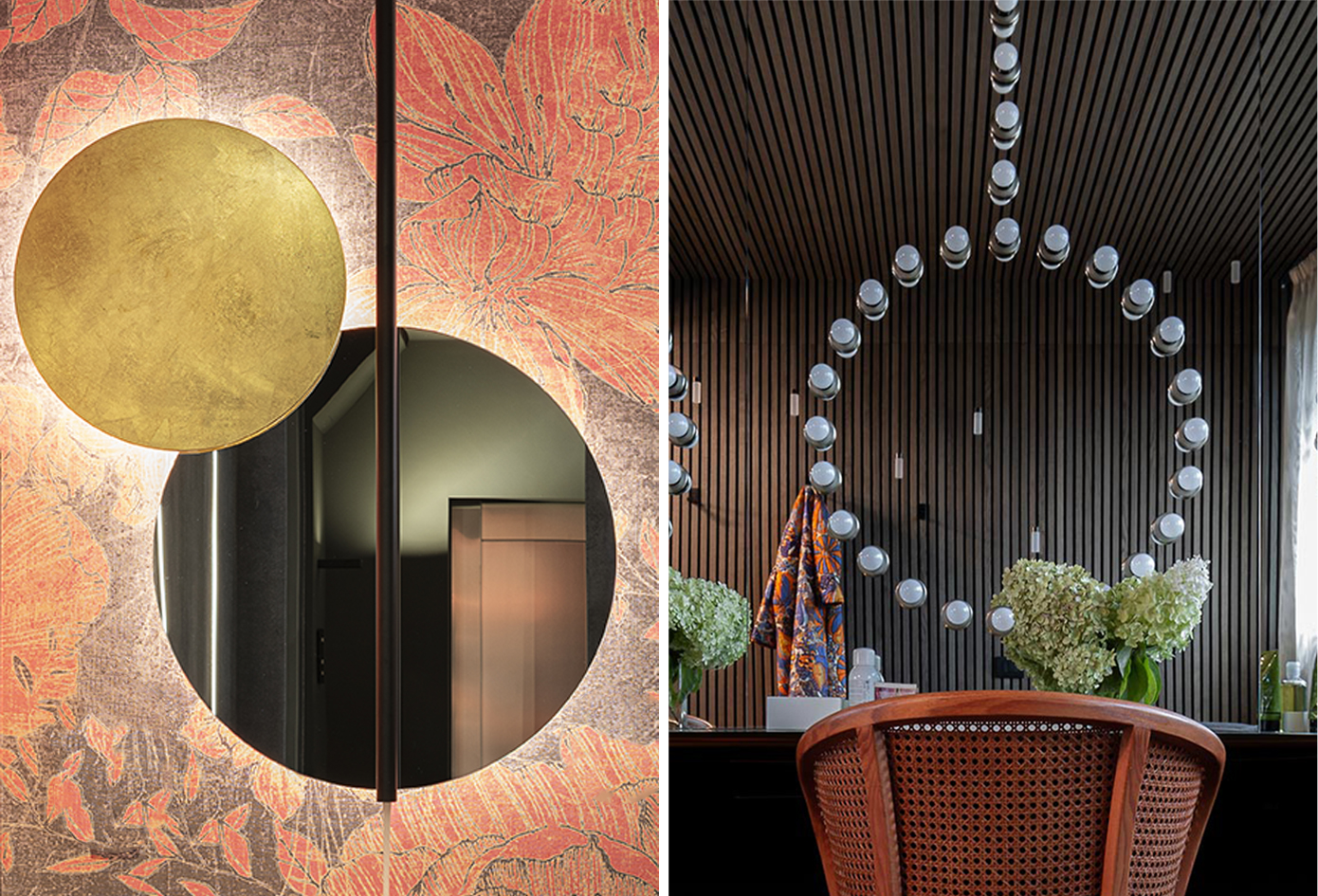

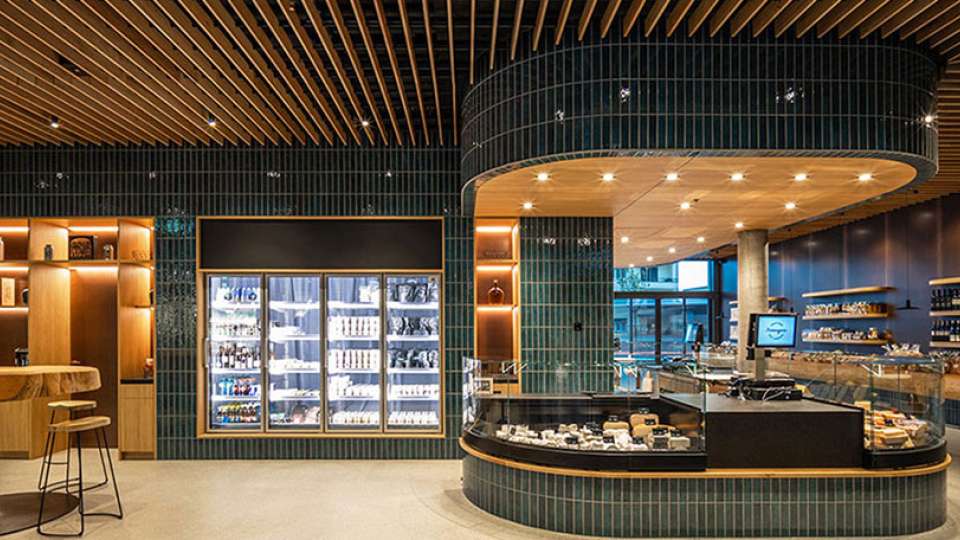
Lighting is crucial in retail for creating an engaging and memorable customer experience. In addition to providing the right visibility of products, strategically positioning lighting points within a retail space can optimize the shopping experience, enhance the perception of the environment, and guide customers' experience by influencing their decisions. Indeed, different neuromarketing studies have shown that different lighting options affect final purchase choices.
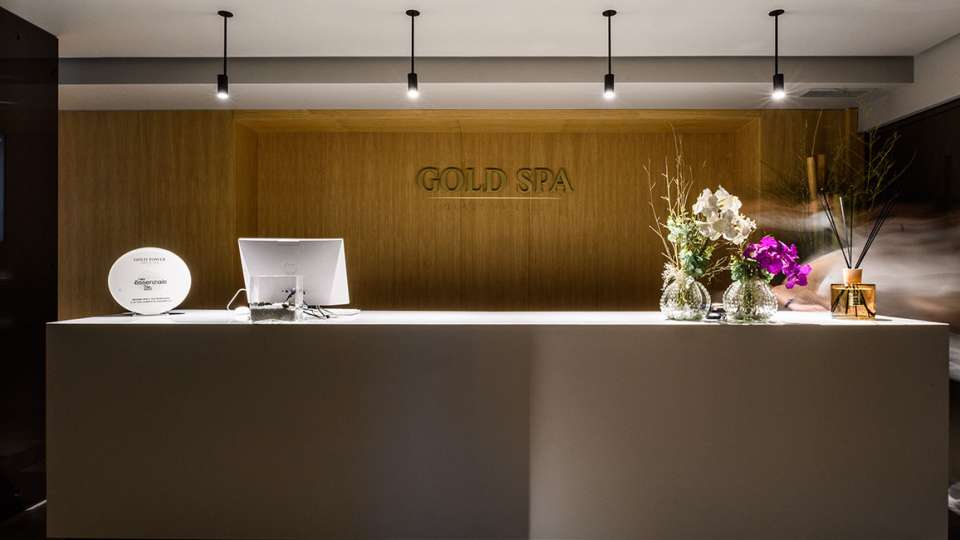
Within professional lighting systems, there is frequent discussion surrounding the secondary optics applied to LED lights, utilized to focus, and direct light by altering its photometric distribution.

Creating comfortable and aesthetically beautiful spaces requires more than fine furnishing and accessories it is important to pay close attention to the lighting design. We often hear about dimmer and dimmable LED bulbs, spotlights, or strips. A dimmable lighting system can adjust the intensity of the light beam and switch between brighter and dimmer light, creating a new way of managing light.